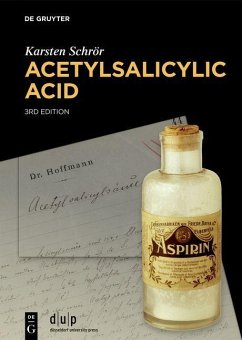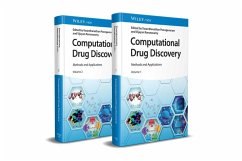
Chemistry and Technology of the Cosmetics and Toiletries Industry
Second Edition
Versandkostenfrei!
Versandfertig in 1-2 Wochen
229,99 €
inkl. MwSt.
Weitere Ausgaben:

PAYBACK Punkte
115 °P sammeln!
This second edition has been designed to monitor the progress in develop ment over the past few years and to build on the information given in the first edition. It has been extensively revised and updated. My thanks go to all who have contributed to this work. D.F.W. May 1996 Preface to the first edition This book is the result of a group of development scientists feeling that there was an urgent need for a reference work that would assist chemists in understanding the science involved in the development of new products. The approach is to inform in a way that allows and encourages the reader...
This second edition has been designed to monitor the progress in develop ment over the past few years and to build on the information given in the first edition. It has been extensively revised and updated. My thanks go to all who have contributed to this work. D.F.W. May 1996 Preface to the first edition This book is the result of a group of development scientists feeling that there was an urgent need for a reference work that would assist chemists in understanding the science involved in the development of new products. The approach is to inform in a way that allows and encourages the reader to develop his or her own creativity in working with marketing colleagues on the introduction of new products. Organised on a product category basis, emphasis is placed on formulation, selection of raw materials, and the technology of producing the products discussed. Performance considerations, safety, product liability and all aspects of quality are covered. Regulations governing the production and sale of cosmetic products internationally are described, and sources for updated information provided. Throughout the book, reference is made to consumer pressure and environmental issues-concerns which the development scientist and his or her marketing counterpart ignore at their own, and their employer's peril. In recent years, many cosmetic fragrances and toiletry products have been converted from aerosols to mechanically press uri sed products or sprays, and these are described along with foam products such as hair conditioning mousses.














